The Aichi E13A (“Jake” in allied nomenclature codes) was a long-range reconnaissance seaplane used by the Imperial Japanese Navy from 1941 to 1945 and numerically the most important. It proved agile and versatile as well, carrying a bomb load of 250 kg (550 lb) and able once to shoot down a Boeing B-29. The prototype first flew in mid-late 1939. It was approved in late 1939 and production started at Aichi Tokei Denki KK which only managed to produced 133 and Dai-Juichi Kaigun Kokusho only 48, but it’s really Watanabe (Kyushu Hikoki KK) which produced the bulk, some 1,237. It was often compared to the German Arado 193, for good reasons. Both really had the same design philosophy.
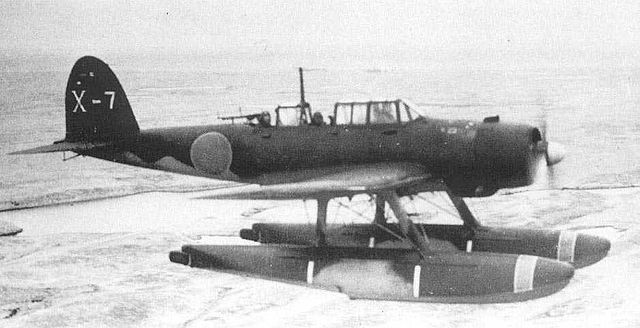
Development and Design
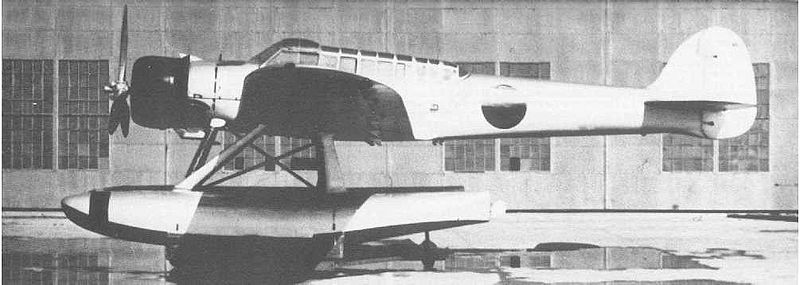
Prototype E13K-2 in 1939
The prototype E13A1 designed by Yoshishiro Matsuo answered specs for an agile 2-seater to performe artillery spotting and air cover, and it started testing in April 1938, compared with the two-seater E12A1. Early tests at Aichi showed the E13A1 was superior to the E12A1 in comparative speed and maneuverability but moreover in flight range. Kaigun Koku Hombu (The air branch of the Navy) decided its requirements for a reconnaissance, catapulted model dropping earlier requirements for a two-seater model. Indeed it was believed the Mitsubishi F1M2 seaplane could perform alternatve tasks, notably air defence. Thus, further work focused on a pure observation three-seater with a much longer long-range to replace the old Kawanishi E7K, becoming the E13A1.
At the end of October, the tri-seat definitive E13A1 started comparative tests with the Kawanishi E13K1. The latter seemed to surpass the E13A in most characteristics other than top speed despite having a less powerful engine. However it was far more difficult to operate and maintain. By the summer of 1939, the first E13K1 prototype crashed in flight while the second and final one went missing during another long range test flight. Thus, the competition was won by default by the more reliable, but slightly inferior Aichi model.
In December 1940, the Aichi E13A1 was adopted officially by the fleet, under designation “Reishiki minakamitei satsuki” or “Type 0 Model 11 Marine Reconnaissance Aircraft”. The official name became E13A1 but operation, it was shortened by personal as the abbreviated “Reimisu” and eventually “Reisu”. This never was an official name.
Mass production was approved at Aichi, Funakata, but the company had conflicting priorities and could in the end only deliver 133 models. By 1942, the plant started production of the D3A2 dive bomber instead. Production was transferred to Watanabe, later renamed into Kyushu Hikoki KK. From 1942 to 1945, it cranked up 1,237 here. 48 more were also produced at the 11th Naval Aviation Arsenal (Hiro) in 1940-1942.
The E13A was practically not modified, and obly had a a few confidential variants. Production of the E13A1 only started from November 1944 with a different float mounting and former rigid struts connecting the float to the wing replaced with simpler cable guides. The sub-variant E13A1b received the Type 3 Ku Model 6 (H6) search radar for night or poor visibility reconnaissance, its antennas installed along the aft side of the fuselage and wing’s leading edges.
The E13A was poorly armed, with just a single rear-facing LMG, so the 1c version came with a 20-mm Type 99-1 cannon on a mobile mount for the rear gunner, introduced in the second half of 1944, after severe losses at the battle of the Mariana Islands. Models without official designation also were equipped with magnetometers to detect submarines but it was largely ineffective, working only at 10 m above water. In 1945 work went on night versions with flame arresters.
Detailed specs
| Crew: | 3: Pilot, Observer/Navigator, Gunner |
| Fuselage Lenght | 11.3 m (37 ft 1 in) |
| Wingspan | 14.5 m (47 ft 7 in) |
| Wing area | 36 m2 (390 sq ft) |
| Height | 4.7 m (15 ft 5 in) |
| Empty weight: | 2,642 kg (5,825 lb), gross 3,640 kg (8,025 lb) |
| Max takeoff weight: | 4,000 kg (8,818 lb) |
| Powerplant: | Mitsubishi MK8 Kinsei 43 14-cyl. ACRPE 790 kW (1,060 hp) TO |
| Propeller: | 3-bladed metal |
| Maximum speed: | 376 km/h (234 mph, 203 kn) at 2,180 m (7,150 ft) |
| Endurance: | 2,089 km (1,298 mi, 1,128 nmi) or 14h at 222 km/h (138 mph, 120 kn) |
| Service ceiling: | 8,730 m (28,640 ft), 3,000 m (9,800 ft) in 6 minutes 5 seconds |
| Wing Loading: | 101.1 kg/m2 (20.7 lb/sq ft) |
| Power/mass: | 0.2163 kW/kg (0.1316 hp/lb) |
| Armament | flexible rear 7.7 mm Type 92, 250 kg (551 lb) of bombs |
Variants
E13A1: Prototypes and first production model, later designated Model 11.
E13A1-K: Trainer version with dual controls
E13A1a: Redesigned floats, improved radio equipment
E13A1a-S: Night-flying conversion, with radar
E13A1b: As E13A1a, with Air-Surface radar
E13A1b-S: Night-flying conversion of above
E13A1c: Anti-surface vessel version equipped with two downward-firing belly-mounted 20 mm Type 99 Mark II cannons
The E13A in operations
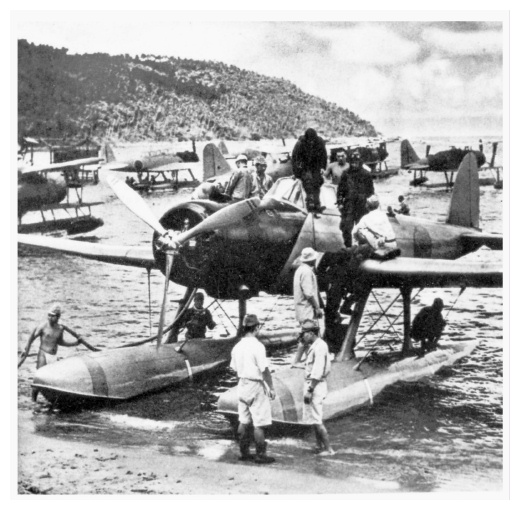
An Aichi E13A, probably from Kamikawa Maru’s air unit, possibly photographed at Deboyne Islands during the Battle of the Coral Sea.
The “Navy Type Zero Reconnaissance Seaplane” started its service in China, operated from seaplane tenders and cruisers. As a scouts they took part in the Pearl Harbor attack, surveying the area before the main raid in the early hours of the morning and screening the fleet as it arrived. Some were shot down at the Battles of Coral Sea and Midway. It was also deployed in the Philippines, took part in the Java Sea and Borneo operations, as wel as from seaplane bases. They performed a large number of tasks, coastal patrols, navigation strikes, liaison, officer transports, rescues, even ground support. In 1945 they started to be used for kamikaze missions as the fleet they were supposed to screen no longer existed. Several were carried by Yamato and Musashi as their main catapulted model. Each had seven of them.
One Aichi E13A was recuperated by Nazi Germany, used alonsgide two Arado Ar 196s at Penang during their commerce raiding campaign in the Indian Ocean. They formed the Kriegsmarine’s “East Asia Naval Special Service”, spotting targets of opportunity in advance for the Monsun Gruppe and local Japanese naval operations.
Eight were operated by the French Navy Air Force, all captured locally, in the First Indochina War 1945-1947. Also from 1941, some were provided to the Royal Thai Navy. MSN 4326 was surrendered to New Zealand forces and tested by RNZAF personnel, then scuttled in Jacquinot Bay.
Wrecks are recorded, mostly underwater, but one was spotted on-land at an abandoned seaplane base at Lenger Island, Pohnpei (Micronesia), another was raised, not restored, displayed at the Kakamigahara Aerospace Museum. The E13A1 (MSN 4116) was raised in 1992 off Minamisatsuma and displayed at the Bansei Tokkō Peace Museum. None exists in flying conditions.
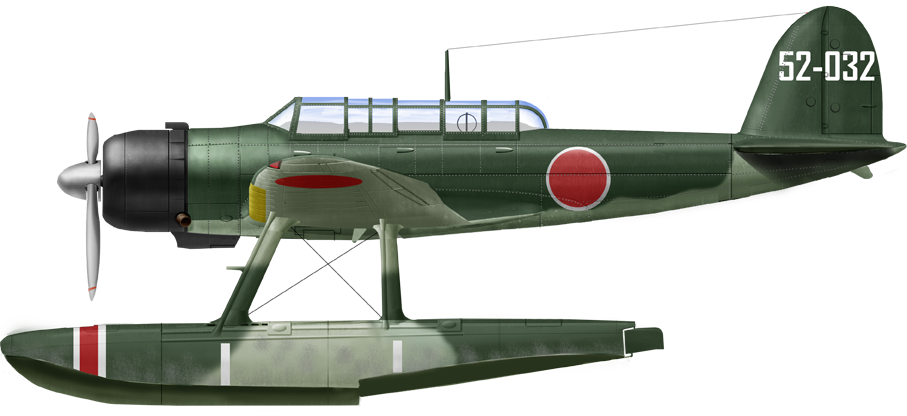
E13A on IJN Oyodo 1944
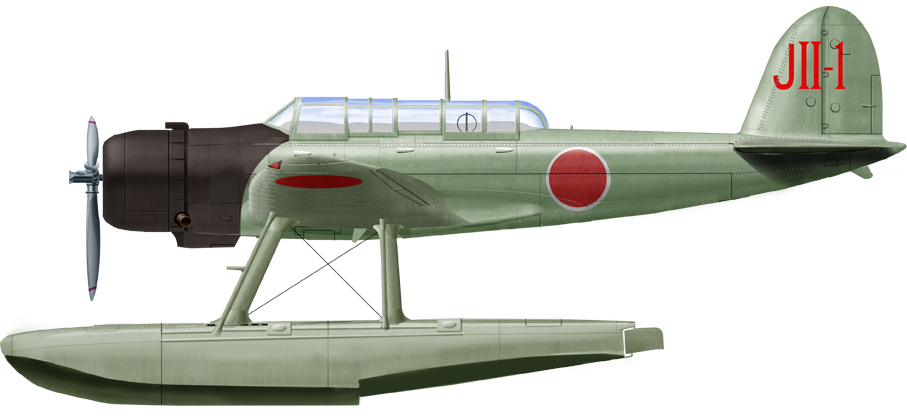
E13A1 mod 11 on IJN Chikuma
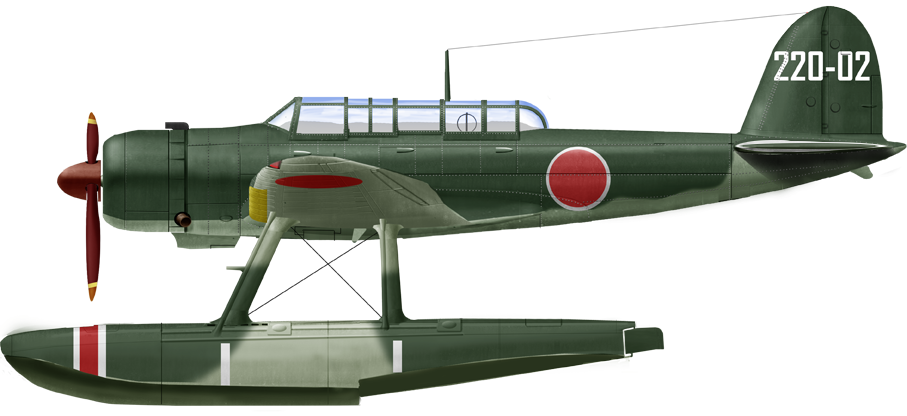
E13A on IJN Yahagi
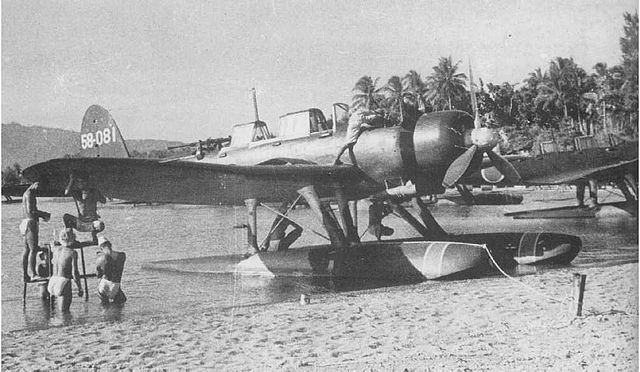
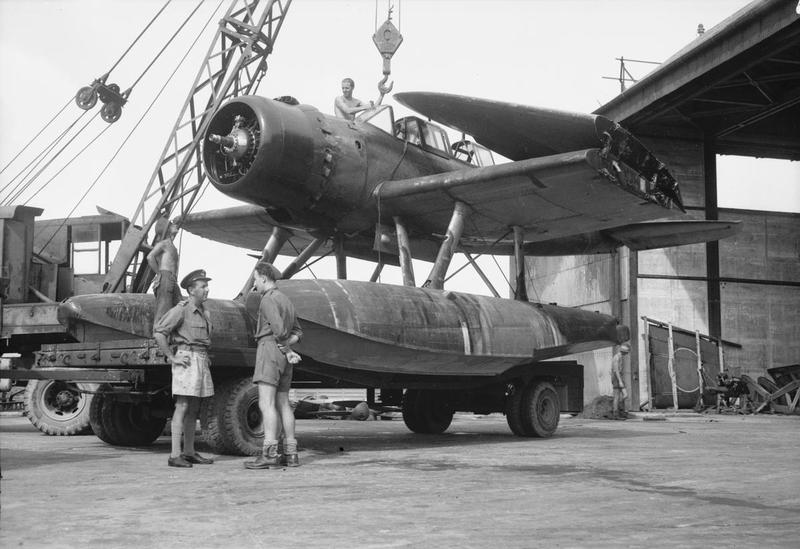
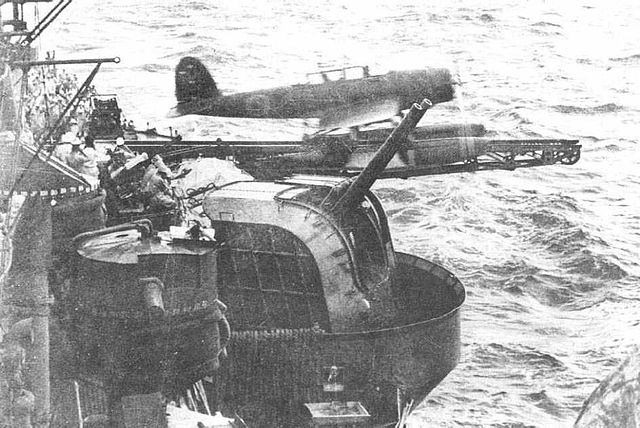
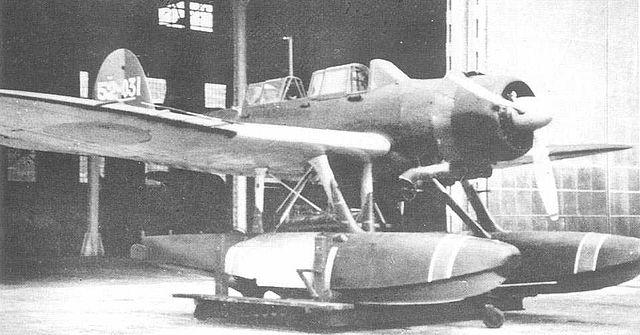
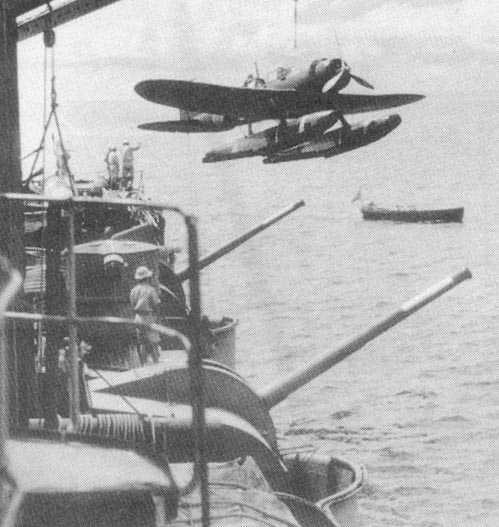
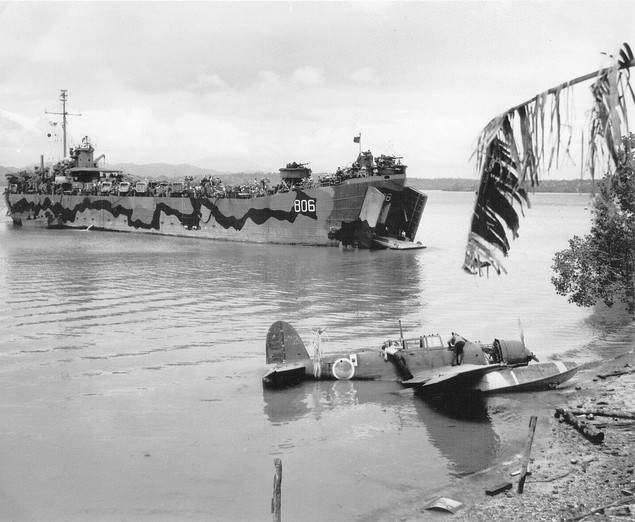
Read More/Src
Books
Links
https://en.wikipedia.org/wiki/Aichi_E13A
https://airpages.ru/eng/jp/aichi_e13a.shtml
https://www.militaryfactory.com/aircraft/detail.php?aircraft_id=443
http://www.combinedfleet.com/ijna/e13a.htm
https://www.daveswarbirds.com/Nippon/aircraft/Jake.htm
http://www.pilotfriend.com/photo_albums/timeline/ww2/Aichi%20E13A%20Jake.htm
https://www.skytamer.com/Aichi_E13A1_Jake.html
http://www.aviastar.org/air/japan/aichi_e13a.php
http://www.warbirdsresourcegroup.org/IJARG/aichie13a.html
Videos
Model Kits
https://www.scalemates.com/topics/topic.php?id=168


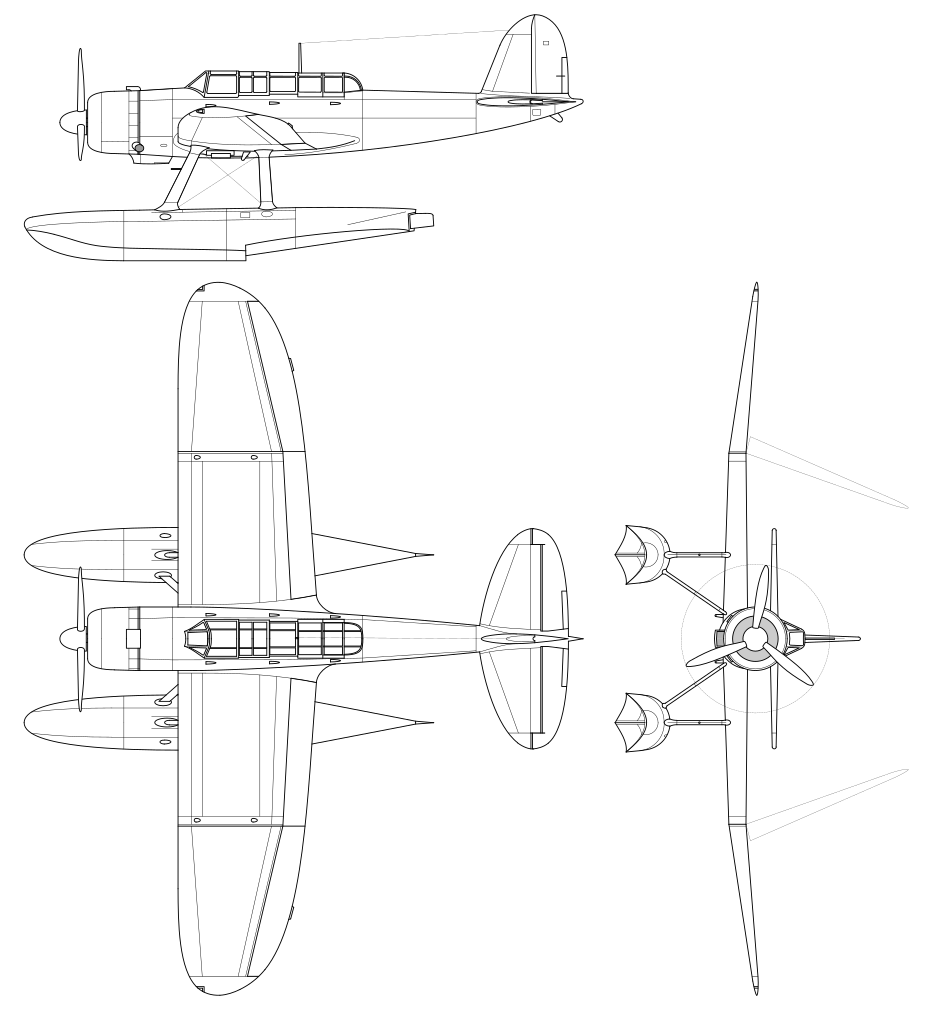
 Latest Facebook Entry -
Latest Facebook Entry -  X(Tweeter) Naval Encyclopedia's deck archive
X(Tweeter) Naval Encyclopedia's deck archive Instagram (@navalencyc)
Instagram (@navalencyc)





 Austrian Navy
Austrian Navy French Navy
French Navy Royal Navy
Royal Navy Armada Espanola
Armada Espanola K.u.K. Kriegsmarine
K.u.K. Kriegsmarine Dansk Marine
Dansk Marine Nautiko Hellenon
Nautiko Hellenon Koninklije Marine 1870
Koninklije Marine 1870 Marinha do Brasil
Marinha do Brasil Osmanlı Donanması
Osmanlı Donanması Marina Do Peru
Marina Do Peru Marinha do Portugal
Marinha do Portugal Regia Marina 1870
Regia Marina 1870 Nihhon Kaigun 1870
Nihhon Kaigun 1870 Preußische Marine 1870
Preußische Marine 1870 Russkiy Flot 1870
Russkiy Flot 1870 Svenska marinen
Svenska marinen Søværnet
Søværnet Union Navy
Union Navy Confederate Navy
Confederate Navy Armada de Argentina
Armada de Argentina Imperial Chinese Navy
Imperial Chinese Navy Marinha do Portugal
Marinha do Portugal Mexico
Mexico Kaiserliche Marine
Kaiserliche Marine 1898 US Navy
1898 US Navy Russkiy Flot
Russkiy Flot French Naval Aviation
French Naval Aviation Russian Naval Aviation
Russian Naval Aviation Sovietskiy Flot
Sovietskiy Flot Royal Canadian Navy
Royal Canadian Navy Royal Australian Navy
Royal Australian Navy RNZN Fleet
RNZN Fleet Chinese Navy 1937
Chinese Navy 1937 Kriegsmarine
Kriegsmarine Chilean Navy
Chilean Navy Danish Navy
Danish Navy Finnish Navy
Finnish Navy Hellenic Navy
Hellenic Navy Polish Navy
Polish Navy Romanian Navy
Romanian Navy Turkish Navy
Turkish Navy Royal Yugoslav Navy
Royal Yugoslav Navy Royal Thai Navy
Royal Thai Navy Minor Navies
Minor Navies Albania
Albania Austria
Austria Belgium
Belgium Columbia
Columbia Costa Rica
Costa Rica Cuba
Cuba Czechoslovakia
Czechoslovakia Dominican Republic
Dominican Republic Haiti
Haiti Hungary
Hungary Honduras
Honduras Estonia
Estonia Iceland
Iceland Eire
Eire Equador
Equador Iran
Iran Iraq
Iraq Latvia
Latvia Liberia
Liberia Lithuania
Lithuania Mandchukuo
Mandchukuo Morocco
Morocco Nicaragua
Nicaragua Persia
Persia San Salvador
San Salvador Sarawak
Sarawak Uruguay
Uruguay Venezuela
Venezuela Zanzibar
Zanzibar Warsaw Pact Navies
Warsaw Pact Navies Bulgaria
Bulgaria Hungary
Hungary

 Bundesmarine
Bundesmarine Dutch Navy
Dutch Navy Hellenic Navy
Hellenic Navy Marina Militare
Marina Militare Taiwanese Navy
Taiwanese Navy Chinese Navy
Chinese Navy Indian Navy
Indian Navy Indonesian Navy
Indonesian Navy JMSDF
JMSDF North Korean Navy
North Korean Navy Philippines Navy
Philippines Navy ROKN
ROKN IDF Navy
IDF Navy Royal New Zealand Navy
Royal New Zealand Navy Egyptian Navy
Egyptian Navy South African Navy
South African Navy

































 RN
RN
 Marine Nationale
Marine Nationale
 Soviet Navy
Soviet Navy
 dbodesign
dbodesign